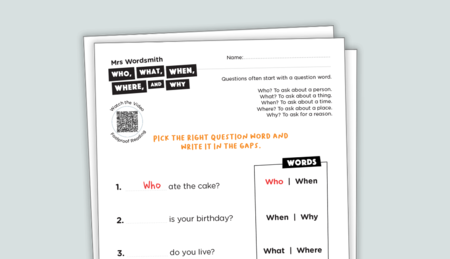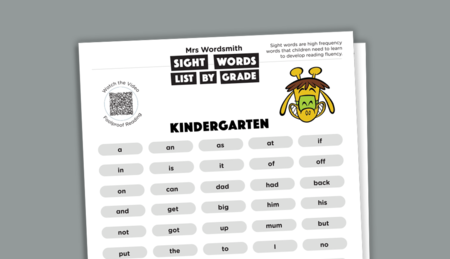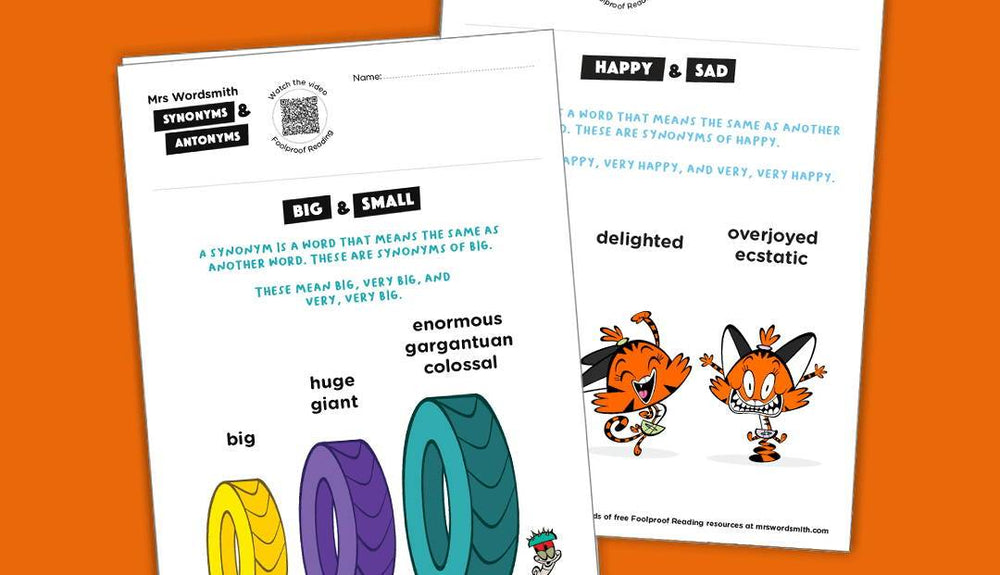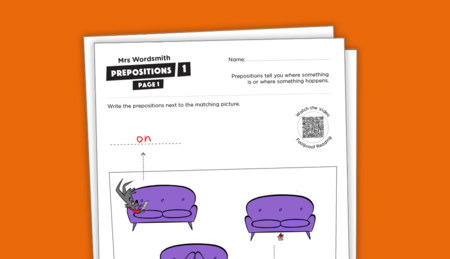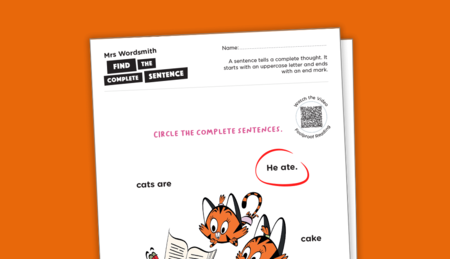In words such as clock and kick, the grapheme ck is associated with the sound or phoneme /k/ - so there are two letters making one sound.
Notice that cat, kite, and duck all contain the same /k/ sound, but in each of these cases this sound is represented by different graphemes: c, k, and ck. They make the same sound but have a different spelling.
The reverse is also possible in that the same letter or combination of letters (graphemes) corresponds to different sounds (phonemes) in different words; the digraph ow corresponds to two different sounds in 'snow' and 'cow'. In general, in English there is no simple one-to-one correspondence between letters or letter combinations and sounds. Often the same letters are pronounced differently in different words. But these complexities don’t mean that words are spelled and pronounced in an arbitrary way. This is why it is critical to teach phonics to children in a systematic way in order to ensure success.
Overall, even though the same sound can be represented by different letters or combinations of letters, not all possible representations of a sound are equally common. For example, the sound /f/ can be written as f (funny), ff (bluff), ph (phone), or gh (laugh). But ph and gh are less common than f and ff. Systematic Phonics introduces children to letter-sound correspondences, starting with the most common ones and ranging through to the least common.
For example, the sound /k/ can be spelled c, k and ck. The sound /f/ can be spelled f, ff, ph, and gh. The sound /n/ can be spelled n, kn, and gn.
Grapheme-phoneme correspondences: it's complicated
Amelia Mehra
Mon, Jun 12, 23
2 minutes read

Deep Dive
Read our report on the Science of Reading. Research-based reading instruction must incorporate the 5 pillars of reading: phonemic awareness, phonics, fluency, vocabulary, and comprehension. This report provides an easy to understand overview of each of these pillars and explains the important connection between how the brain learns to read (the Neuroscience of Reading) and how we teach children to read (The Science of Reading Instruction). It also explains why helping children build connections between letters and sounds, through phonics and phonemic awareness, is so crucial for the developing reading mind. This report is perfect for sharing with colleagues and friends!CCSS ELA Literacy K-2,Foolproof Phonics App,ELA K-2,ELA Kindergarten,ELA 1st Grade,ELA 2nd Grade,
Explore more on
Related Free Resources

Vowel sounds chart
Amelia Mehra
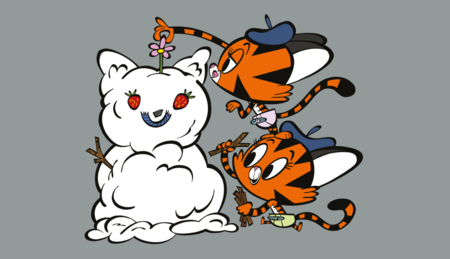
Phonics instruction phase three: more phonics
Amelia Mehra
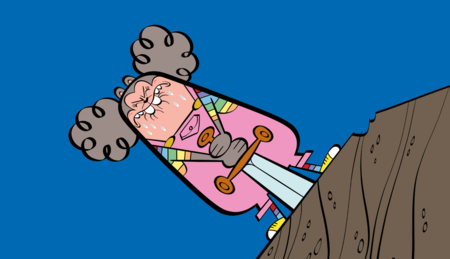
Phonics instruction phase two: phonics
Amelia Mehra
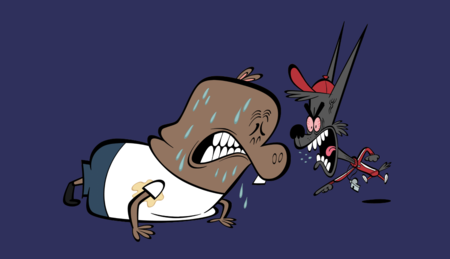
What is phonemic awareness?
Amelia Mehra
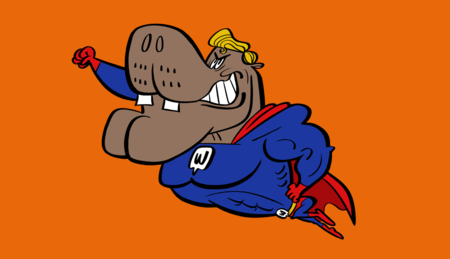
What is a phoneme?
Amelia Mehra
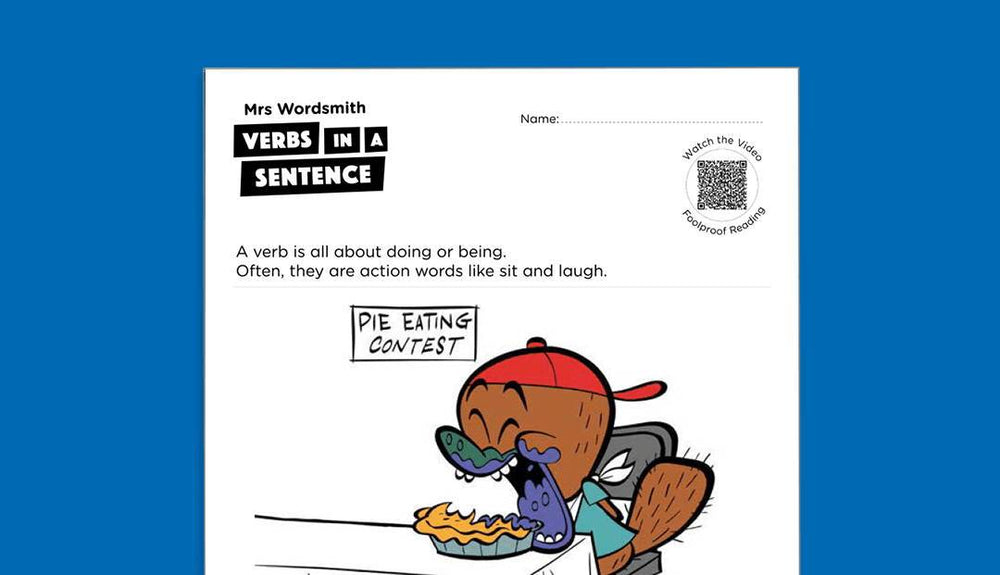
Verbs in a sentence
Amelia Mehra
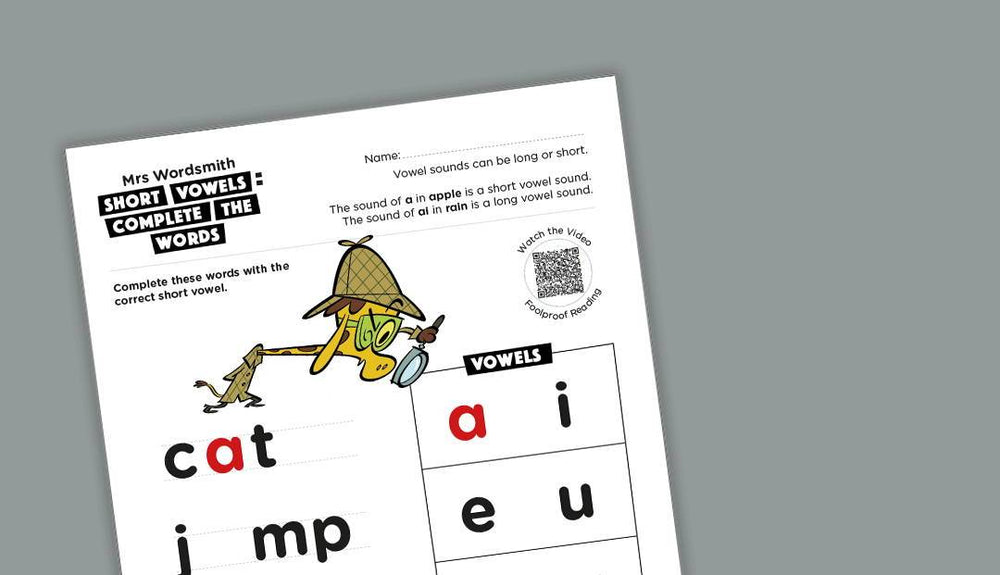
Short vowels: complete the words
Amelia Mehra
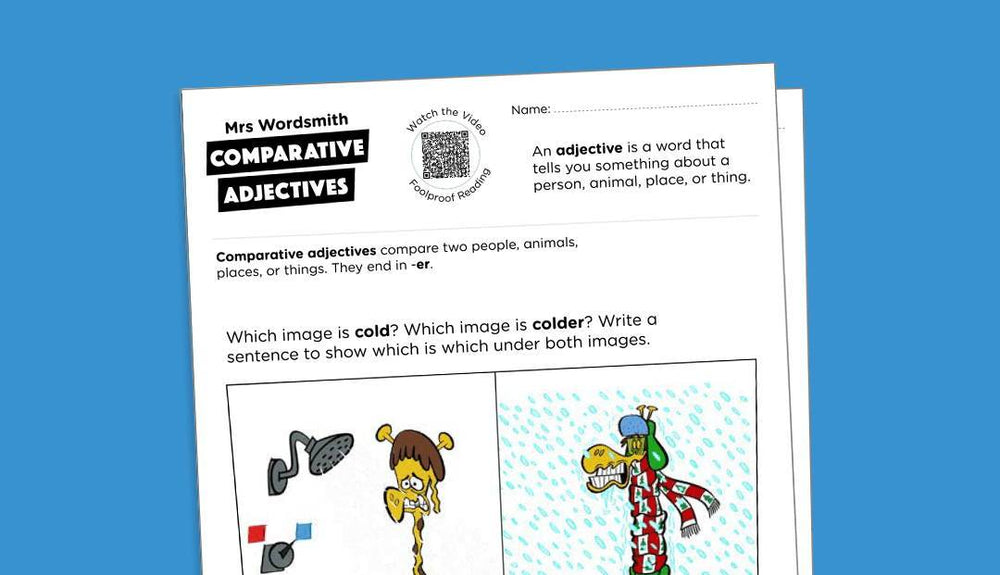
Comparative adjectives
Amelia Mehra
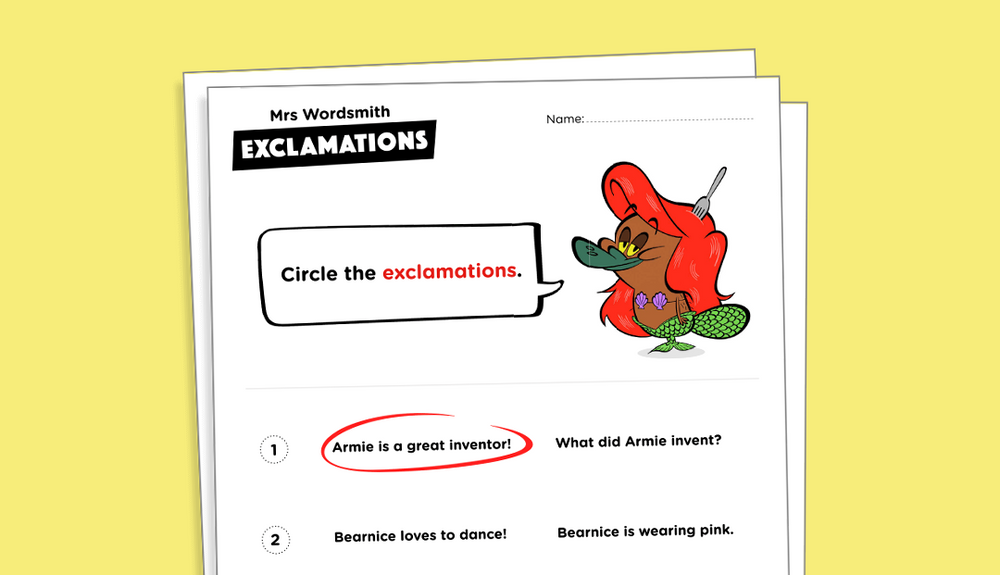
What is an exclamation?
Amelia
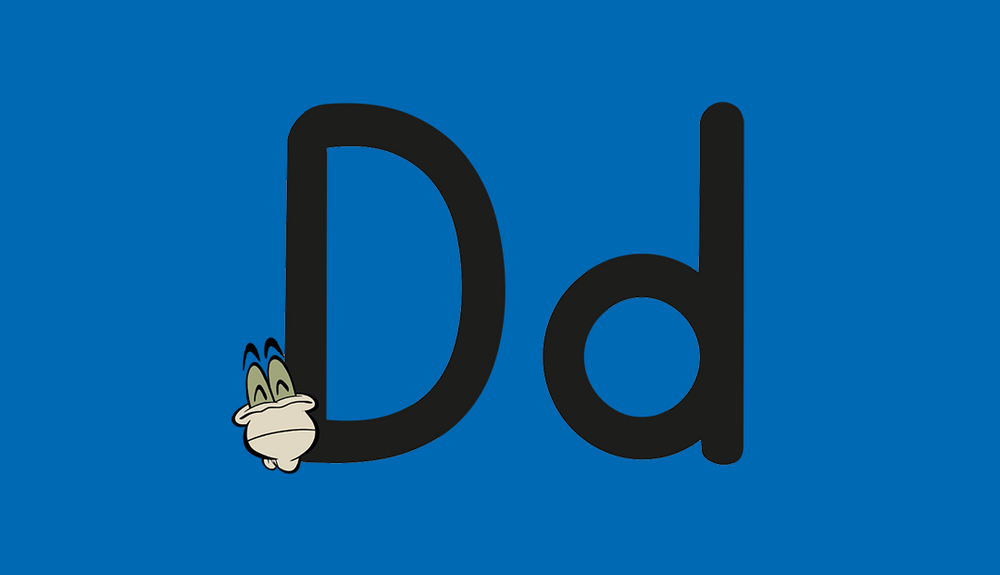
The letter D
Amelia
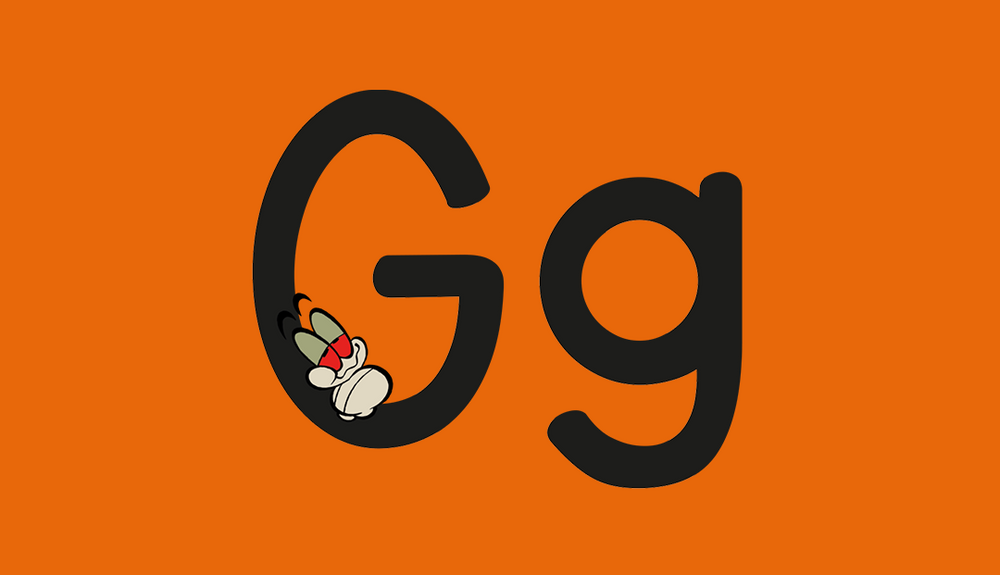
The letter G
Amelia
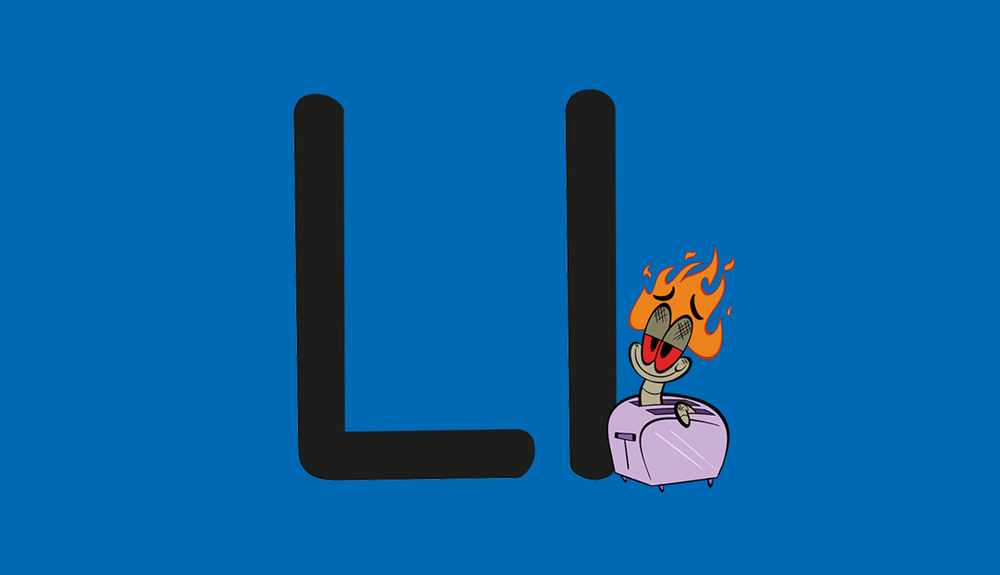
The letter L
Amelia
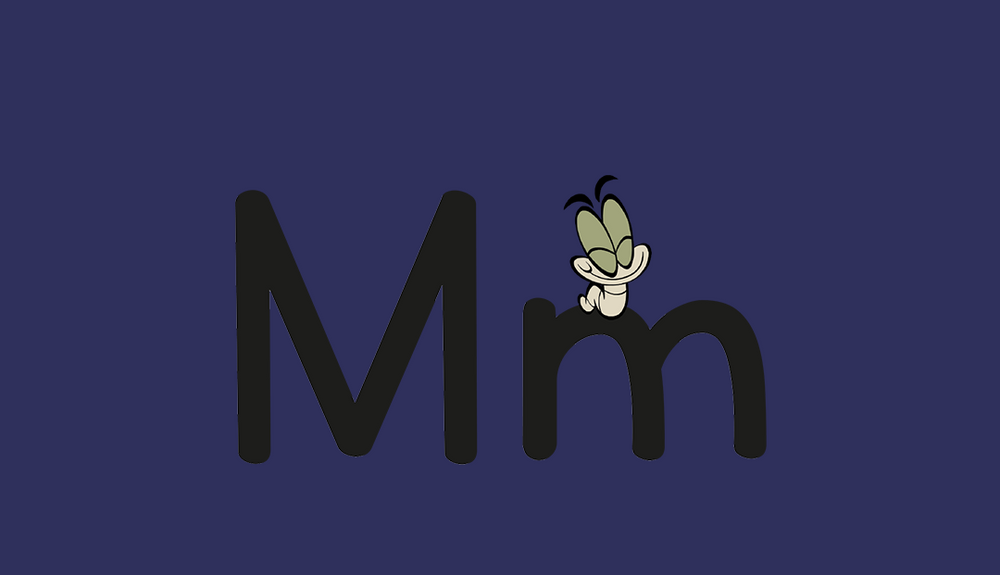
The letter M
Amelia
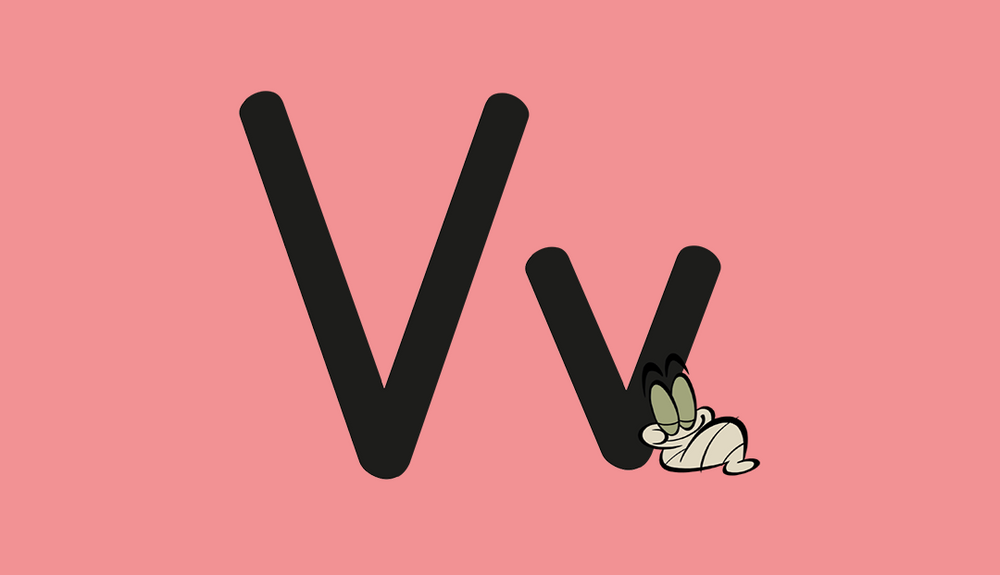
The letter V
Amelia
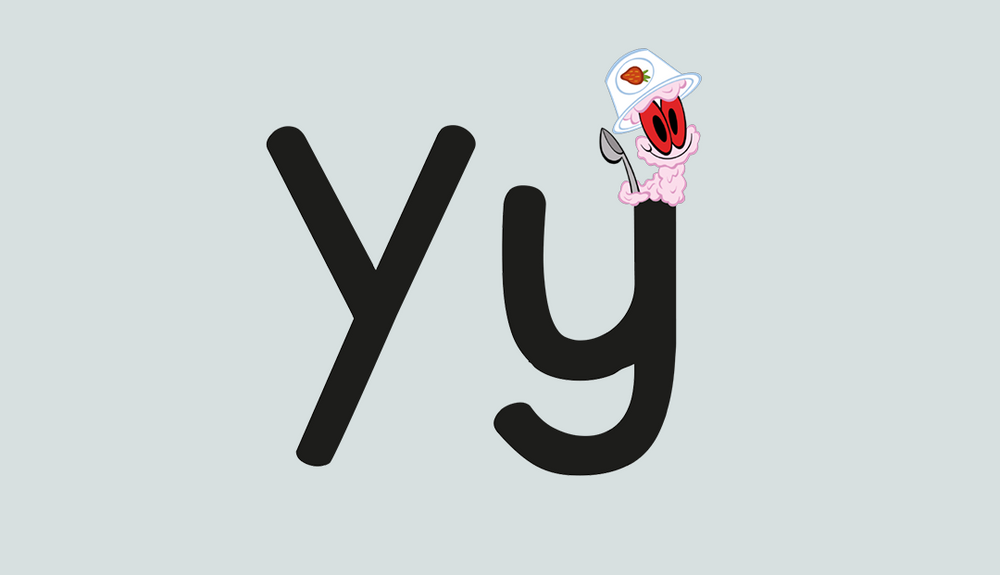
The letter Y
Amelia
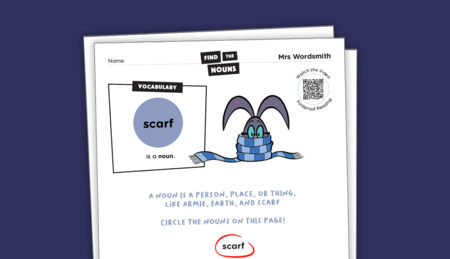
What is a noun?
Amelia
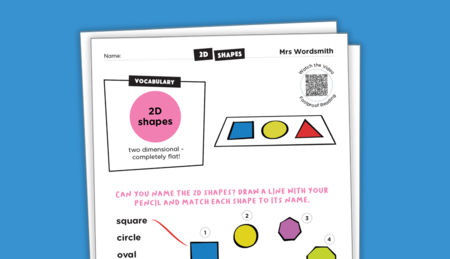
2D shapes
Amelia
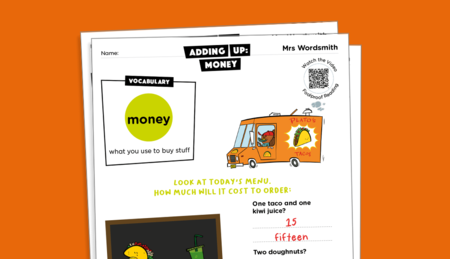
Adding up: money
Amelia
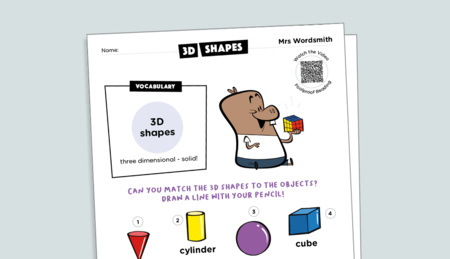
3D shapes
Amelia
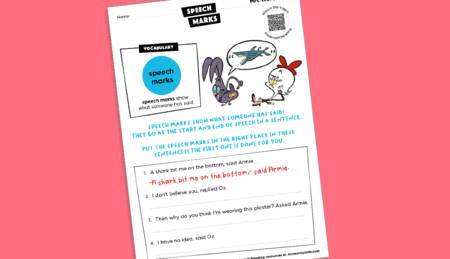
Speech marks
Amelia
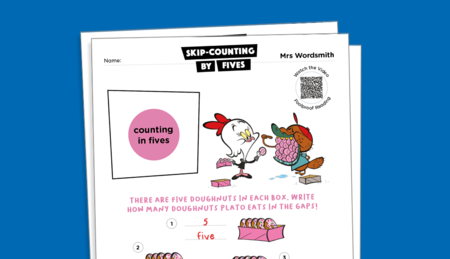
Skip-counting by fives
Amelia
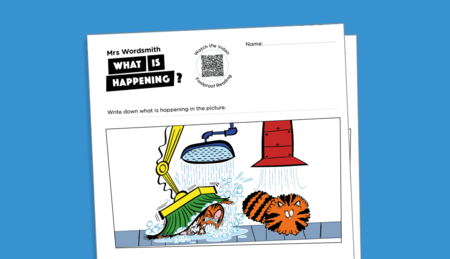
The main idea: part 2
Amelia
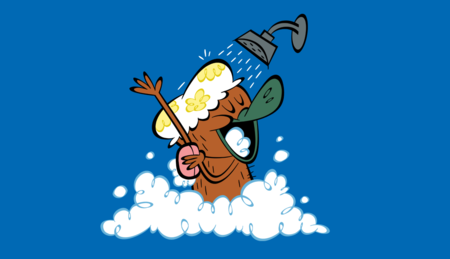
What’s the difference between learning the alph...
Amelia Mehra
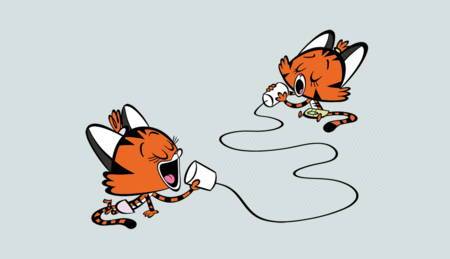
Teaching phonemes
Amelia Mehra
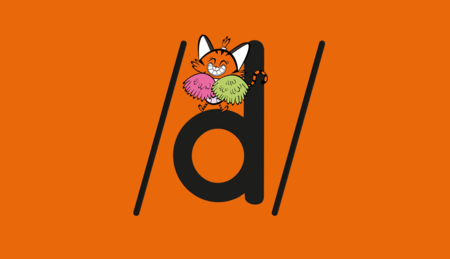
The phoneme /d/
Amelia Mehra
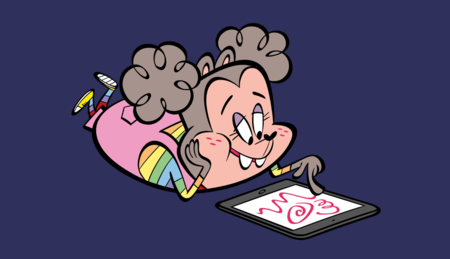
When and how do children learn phonics at school?
Amelia Mehra
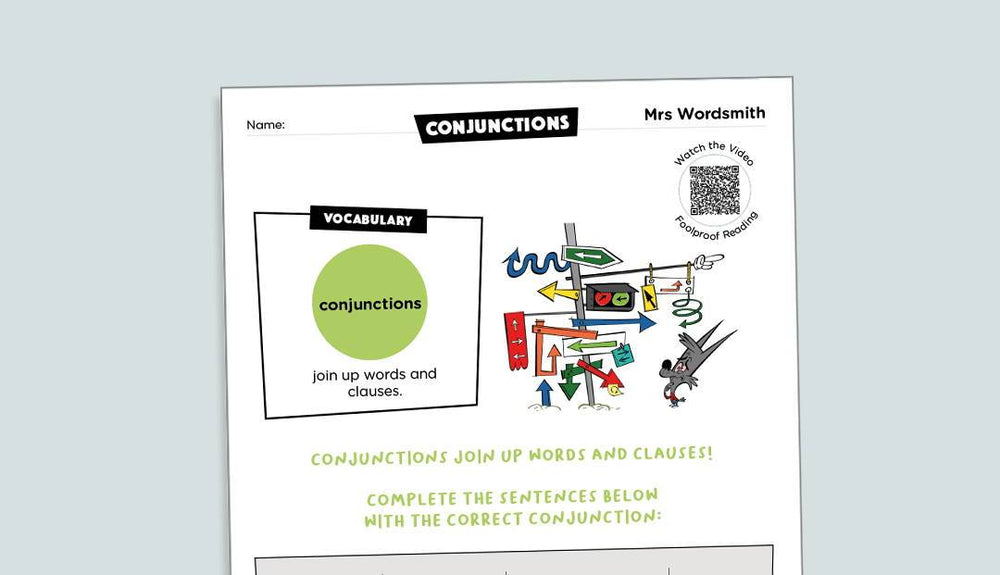
Conjunctions
Amelia Mehra
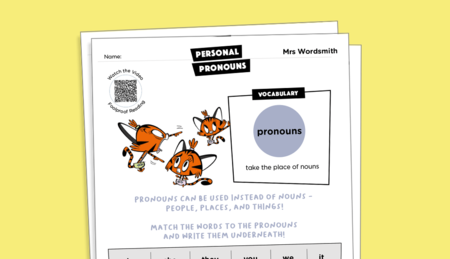
Personal pronouns
Amelia
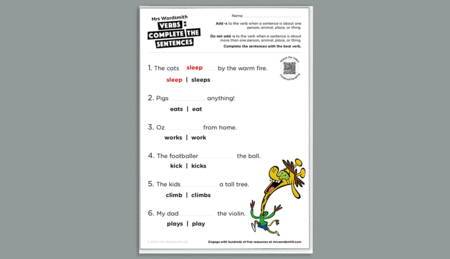
Verbs: complete the sentence
Amelia
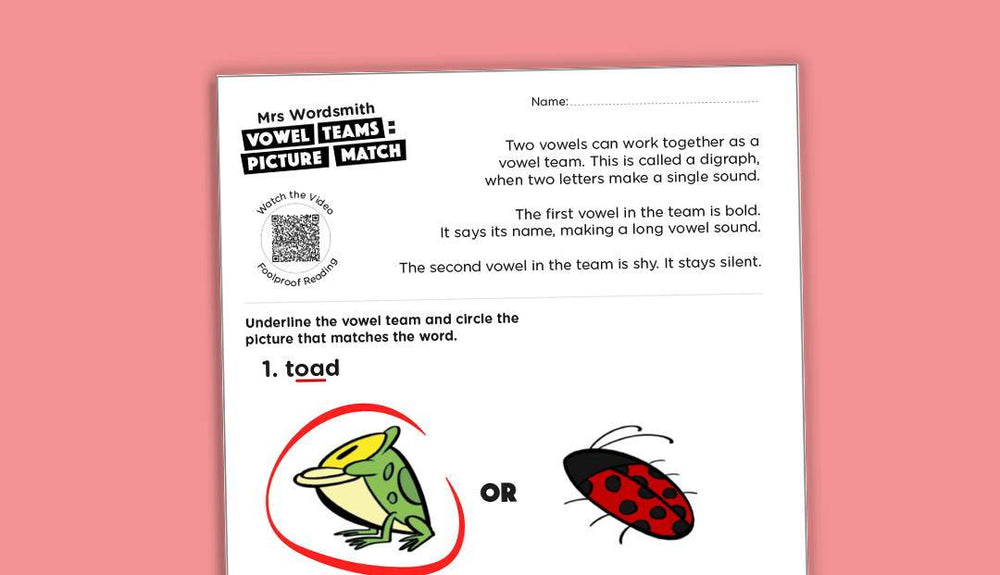
Vowel teams: picture match
Amelia Mehra
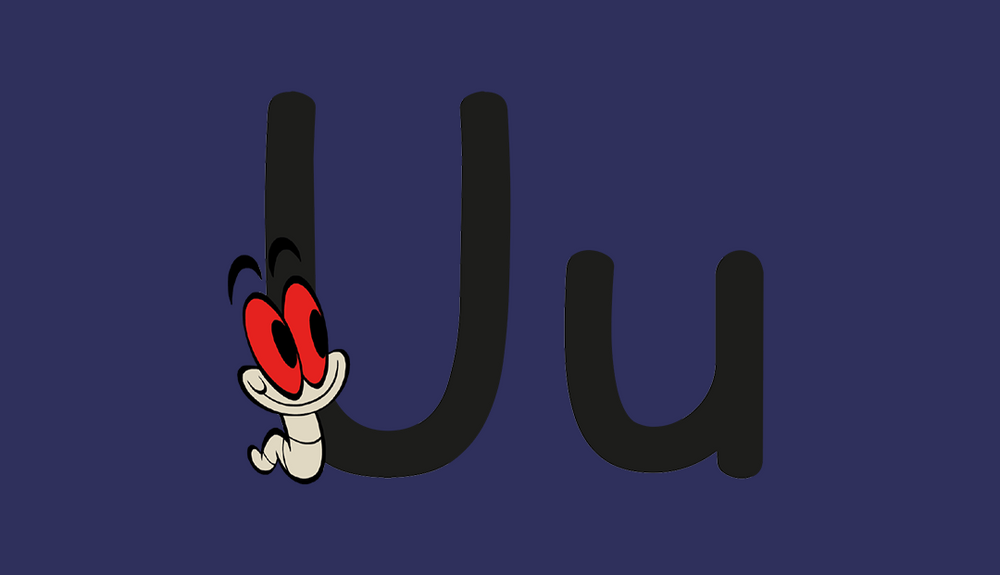
The letter U
Amelia
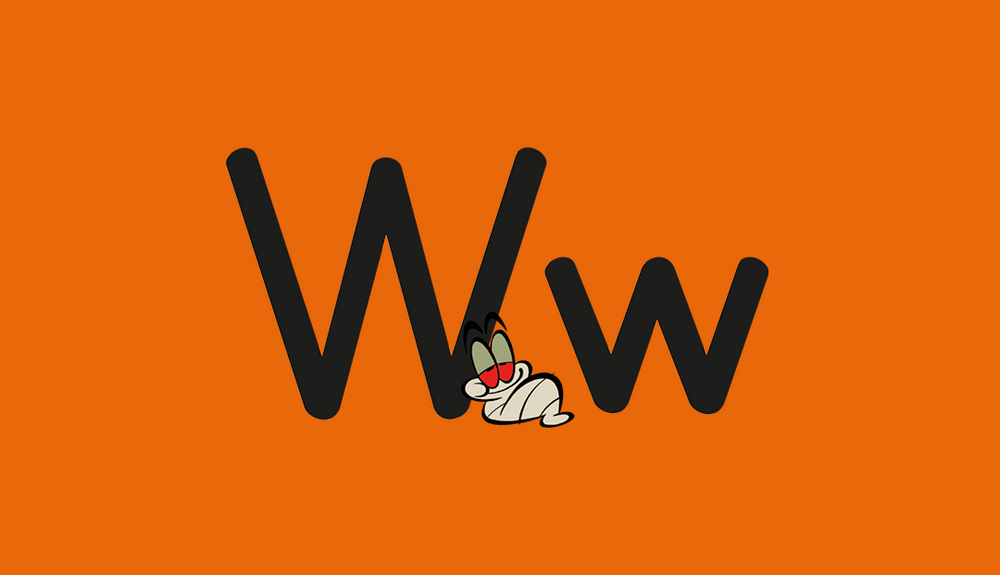
The letter W
Amelia
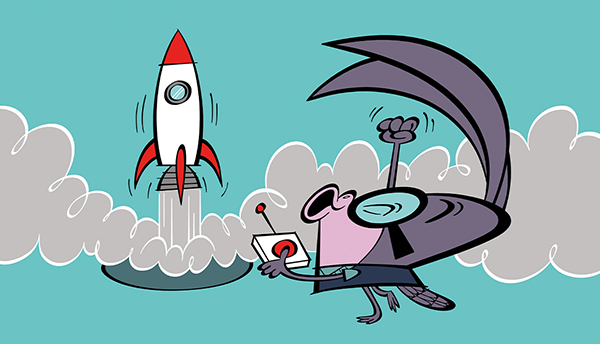
Lesson plan: short vowels
Amelia Mehra
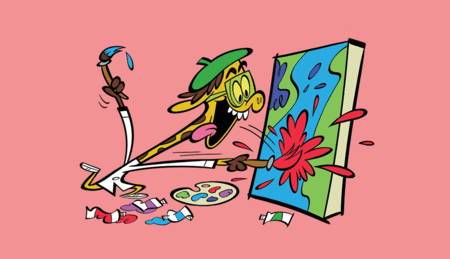
Lesson plan: self and creativity
Amelia Mehra
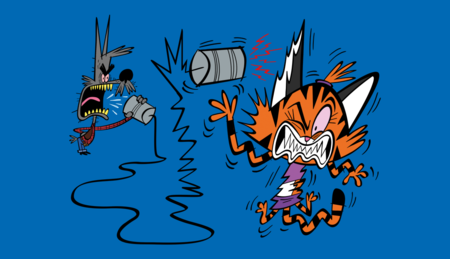
What is phonics?
Amelia Mehra
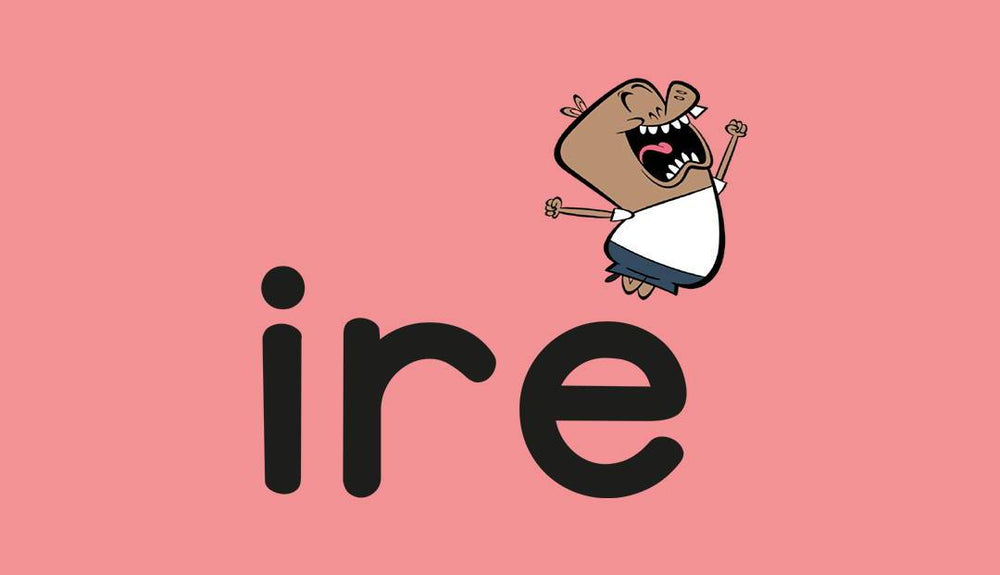
The grapheme ire
Amelia Mehra
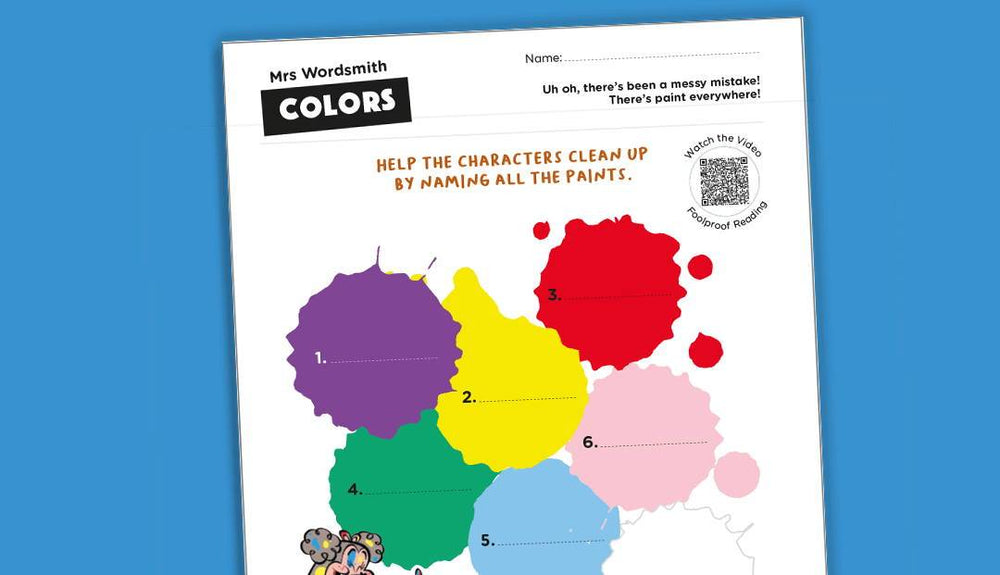
Color words
Amelia Mehra
X


